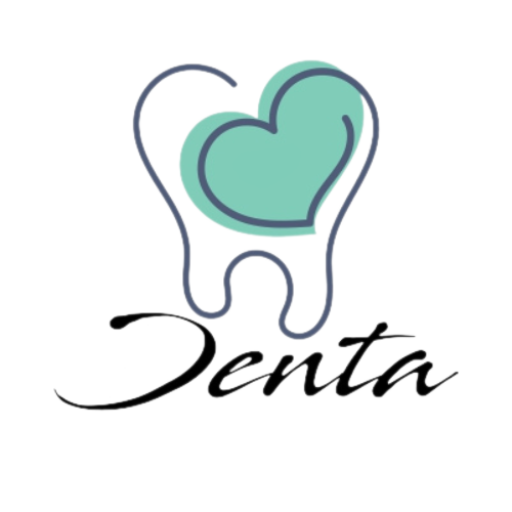6 Common Cosmetic Dental Procedures Explained
Cosmetic dentistry not only transforms your smile—it also plays an essential role in correcting dental irregularities and boosting oral health. With advancements in technology and techniques, achieving the smile of your dreams is more accessible than ever.
Here are six of the most common cosmetic dental procedures that people undergo to enhance their appearance and oral well-being:
1. Dental Bonding
Purpose: To fill gaps, fix chips, and cover stains.
Dental bonding involves applying a tooth-colored composite resin to the affected area. This resin is carefully sculpted to match the surrounding teeth, creating a natural appearance. The material is then hardened using a high-intensity curing light or a chemical process.
Bonding is painless for most patients, requiring minimal tooth preparation—only minor roughening in some cases. It’s typically completed in one visit, making it a quick and affordable option compared to other restoration procedures. Dental bonding is ideal for small imperfections and is a great entry-level cosmetic treatment.
2. Tooth Contouring and Reshaping
Purpose: To correct overlaps, chips, and uneven tooth surfaces.
This non-invasive and cost-effective procedure uses fine polishing tools to remove small amounts of enamel. The dentist carefully reshapes the tooth to enhance its symmetry and function.
Before proceeding, your dentist will take X-rays to ensure your teeth are strong enough to withstand enamel removal. The entire process is quick and painless, often requiring just one or two appointments. After reshaping, the teeth are polished for a smooth, natural finish.
Tooth contouring is often combined with bonding for optimal aesthetic results.
3. Mouth Guards and Night Guards
Purpose: To protect teeth during sports or prevent nighttime grinding (bruxism).
Mouth guards are essential for athletes in contact sports, as they reduce the risk of injury to teeth, jaw, and soft tissues. They come in three types:
- Stock: Pre-formed and ready to wear.
- Boil-and-bite: Molded at home using hot water.
- Custom-made: Created by a dentist using a dental impression for the best fit and protection.
Night guards are typically used for patients who grind their teeth at night, a condition known as bruxism. They help reduce jaw pain, prevent enamel wear, and minimize tooth sensitivity. Both mouth and night guards play a preventive role in maintaining long-term dental health.
4. Treatment for Halitosis (Bad Breath)
Purpose: To eliminate chronic bad breath and improve oral hygiene.
Halitosis can be caused by plaque buildup, food particles, dry mouth, or underlying gum disease. The bacteria in these areas produce volatile sulfur compounds (VSCs), which are the main cause of unpleasant breath odor.
Dentists may use a halimeter to measure VSC levels. Treatment includes personalized oral hygiene routines, such as tongue cleaning, flossing, and the use of irrigators and mouth rinses. In severe cases, professional cleanings and treatment for gum disease may be necessary.
Good oral hygiene is the cornerstone of fresh breath and overall oral health.
5. Tooth Whitening
Purpose: To eliminate stains caused by food, beverages, and tobacco.
One of the most popular cosmetic treatments, tooth whitening uses bleaching agents like hydrogen peroxide or carbamide peroxide. These agents release oxygen molecules that penetrate the enamel and dentin to break down and remove stains.
Whitening can be done in-office for immediate results or with take-home trays over a few weeks. The results depend on the type and severity of staining and can last several months with proper care. Avoiding staining foods and beverages after treatment helps maintain your bright smile.
6. Crowns and Bridges
Purpose: To restore damaged or missing teeth.
A crown is a cap placed over a tooth that has been weakened by decay or trauma. It restores both the shape and function of the original tooth and is usually made of porcelain, ceramic, or metal.
A bridge is used to replace one or more missing teeth. It consists of artificial teeth anchored by crowns on adjacent natural teeth. Both crowns and bridges are custom-made for comfort and aesthetics, providing long-lasting durability when maintained properly.
Cosmetic dentistry is more than just enhancing appearance—it improves confidence, speech, and even overall health. Whether you’re considering a minor adjustment or a complete smile makeover, there’s a procedure that fits your needs and budget.
If you’re thinking about improving your smile, consult your dentist to determine which cosmetic treatment is best suited for your dental condition and goals.
